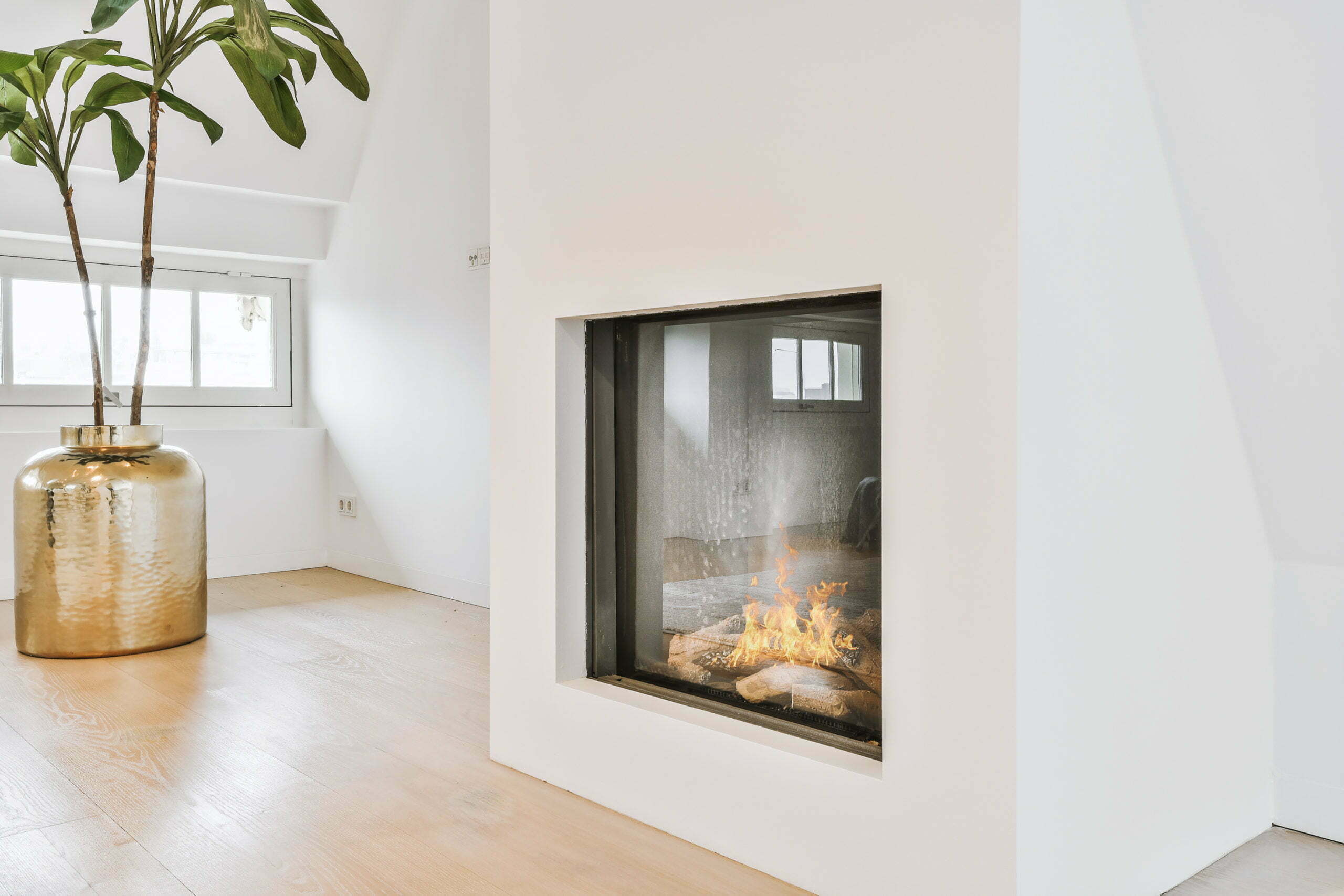There is a thermocouple in control if you have a gas water heater, gas furnace heater, or any other appliance with a gas burner that cycles on and off. The thermocouple is a typically reliable device that works with a standing pilot. Your pilot light serves as the ignition source for the gas burner that heats the appliance. Your pilot light should stay ignited as long as the gas is turned on.
The thermocouple is a small electrical device that keeps the pilot light ignited. It is a critical safety component of your furnace. The thermocouple works by sending a tiny electric current to a sensor on the gas valve. This electric current signals the gas valve to stay open. If the thermocouple doesn’t detect a direct heat source, it will cause the gas valve to close to prevent harmful gas from leaking into your home and causing an explosion.
As with most things, age and time can wear down the thermocouple in your furnace, and it won’t last forever. When your furnace’s thermocouple wears out, the pilot light won’t stay ignited. If your pilot light doesn’t stay on, your furnace won’t work. The pilot light on your furnace can go out for several reasons. However, a bad thermocouple could be one of a few problems. So, how do you know when you need a thermocouple replacement furnace? Let’s take a look at when you might need a replacement thermocouple.
Malfunctioning Pilot Light

A pilot light that fails to stay ignited is a common sign of a thermocouple issue. If you can’t get the flame to light at all, and you’re sure that the gas is on, you probably have an obstruction in the pilot tube. The thermocouple could be to blame if the pilot flame will lite but quickly goes out. If the flame lights and then goes out after you release the gas control knob, it’s a sign of a bad thermocouple. If the thermocouple has gone bad, your furnace will not operate, and you won’t have heat.
Before diagnosing a thermocouple malfunction, you need to examine the pilot flame carefully. The pilot flame must be big enough and hot enough to heat the thermocouple to a temperature that can generate enough voltage to signal the gas valve. If the flame appears small and burns with an orange-yellow tinge, it might be too weak to trigger the thermocouple. If this is the case, you likely have an obstruction in the pilot tube. If you suspect that your thermocouple has gone bad, contact an HVAC technician to help you diagnose the problem and offer replacement solutions.
Thermocouple Examination

Before you call to have your thermocouple replaced, there are a few things you can do to examine it. Sometimes, the thermocouple probe is too far from the pilot flame. You can troubleshoot this possibility if there is enough room to reach in and adjust the probe closer to the flame.
Your thermocouple could also be malfunctioning due to a buildup of dirt, dust, rust, or debris. When this happens, the thermocouple loses the ability to register temperature changes and will stop functioning correctly. Before you replace the thermocouple, you can try to clean it first. You can shut off the gas to remove the thermocouple from between the gas valve and pilot light. You can use an emery cloth to scour off any dirt, rust, or debris gently. While troubleshooting these issues can be done with some DIY knowledge, if you are not comfortable or capable, it’s best to contact an HVAC technician.
If the thermocouple in your furnace has stopped working, you will not have heat in your home. While some problems with positioning and cleaning could cause issues, your thermocouple usually should last around 10 years. A qualified HVAC technician can help you diagnose any thermocouple issues and offer replacement suggestions






